The Arab world mirrored in photography
The first 'Biennale of Photographers of the Contemporary Arab World' is a joint initiative by the Institut du Monde Arabe (IMA) and the Maison Européenne de la Photographie (MEP).
It presents a one-off panorama of photographers who have worked on or in the Arab world since the 2000s, across several exhibition spaces in Paris until 17 January.
On first impression, the project and its title caused some gnashing of teeth, reopening the never-ending debate on the existence - or not - of an Arab cultural identity which might bring together the artistic practices of an entire region.
Gabriel Bauret, the exhibition's curator, was of a similar opinion.
"To speak of 'Arab' photographers is a crude and blurred term of reference for which there is strictly speaking, no definition," he said.
In order to avoid the inevitable discussions surrounding an adjective intended to link the countries of North Africa and the Middle East whose language, culture and relationship to image vary widely, the term, "photographers of the contemporary Arab world" was eventually selected.
Banking on diversity
And it is this approach that has given the event its relevance.
"The aim of the project was not to form a precise definition of a territory and the people who work there, but instead to open the door to highlighting an extremely diverse set of photographers, each with very different concerns," adds Bauret.
What is there in common between Palestinian who lives in Gaza and a Lebanese person living in Beirut?
And what of those artists whose origins are from the region but who were born and live outside these borders, or those who might be living in Qatar like George Awde or in Egypt like Pauline Beugnies, and who at the outset had no personal ties there?
Radically different outlooks are brought together here, such as those of the Palestinian Mohamed Abusal and the Italian Massimo Berruti on Gaza: the first artist working to show parts of daily life while the second - in a more conventional manner - seeks to emphasise destruction and pain.
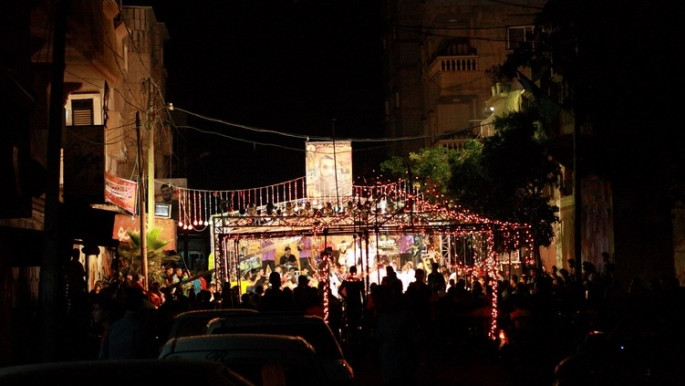 |
| Serie Shambar, 2012 © Mohamed Abusal |
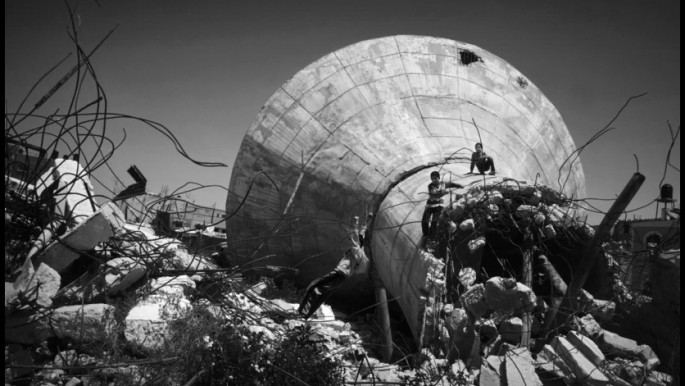 |
| Drops. Water crisis in Gaza and the West Bank, 2015 © Massimo Berruti |
The same can be said of Leila Alaoui and Christian Courreges who in spite of working with a similar concept (static portraits on a plain background) offer up an almost anthropological reading, in reference to tradition for one and the more contemporary for the other, in work that reflects their respective positions on the society they describe.
[Continues below]
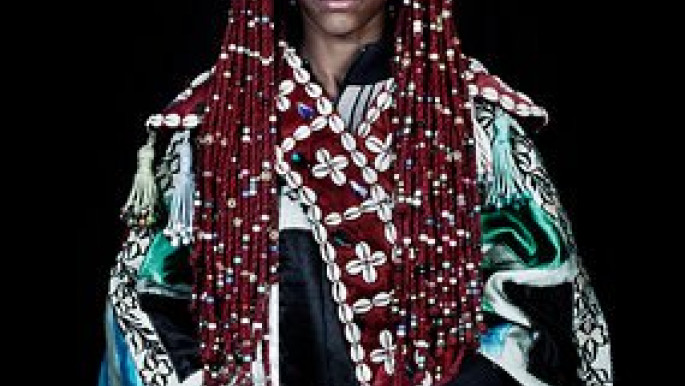 |
| Tamesloh, Moyen Atlas, 2011 © Leila Alaoui |
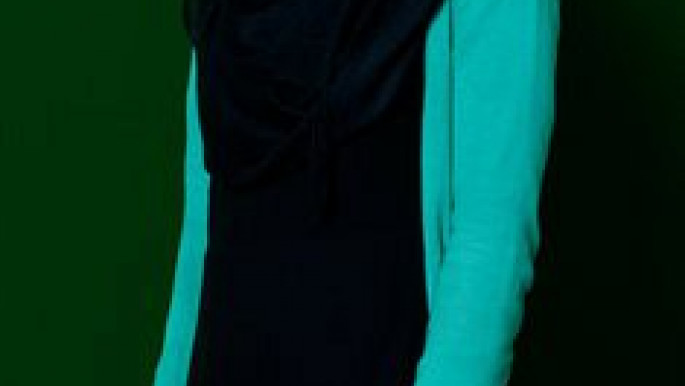 |
| Mozumal, Peterborough, 2013 © Christian Courrèges/Courtesy galerie Baudouin-Lebon Paris |
Reaching beyond the richness of these differing viewpoints, it is the very definition of this region through the creative lens, which is so striking.
Long seen as a favourite subject of orientalist painters and anthropologists - or the native land of those who were overly progressive for the conservative climate - the Arab world is presented here as it really is: a land criss-crossed with movements in all directions.
You emigrate there, you move away to earn money, find inspiration or follow a great love. The same goes for photographers as for anybody.
The unbearable lightness of everyday life
Going beyond a well-worn paradigm, the biennale also sets itself apart in the freshness with which it tackles its subjects.
Countering the vision of a troubled world, torn apart by conflict, the focus here is on the expression of the subtlety of reality, its lightness and calm.
With neither naivety nor trauma, the exhibition gathers together a large collection of vignettes from everyday life, from Rabat to Jeddah, Beirut to Bizerte.
"We didn't want to create a documentary photography exhibition which spoke of the Arab world in terms of the events there," explains Gabriel Bauret.
"Everyday on TV and in the papers we see images of urban guerrilla warfare, which all end up looking the same. We wanted to bring together people who use photography as a way of expressing ideas outside of the urgency of current affairs."
These people, who take their time, were sought out by the curators of the biennale, and their work sways between abstraction and photo-reportage.
The subjective and the symbolic are present, especially in the work of Mehdi Meddaci or Mohamed Lazare Said Djeddaoui, and this reality is of course marked by the events of the times, which are never far from the visitor's mind.
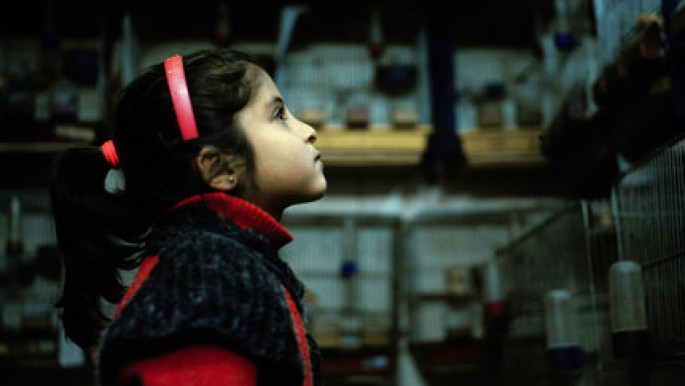 |
| The daughter of the ogre, Syria, 2014 © Mohammed Lazare Djeddaoui |
The same can be said of Giulio Rimondi who captures the warm and familiar interiors of the slums occupied by Syrian refugees recently arrived in Lebanon, or the hard-hitting work of Diana Matar that immortalises the now empty spaces where the all too many 'disappeared'persons under the dictatorship of Libyan leader Muammar Gaddafi were last seen alive.
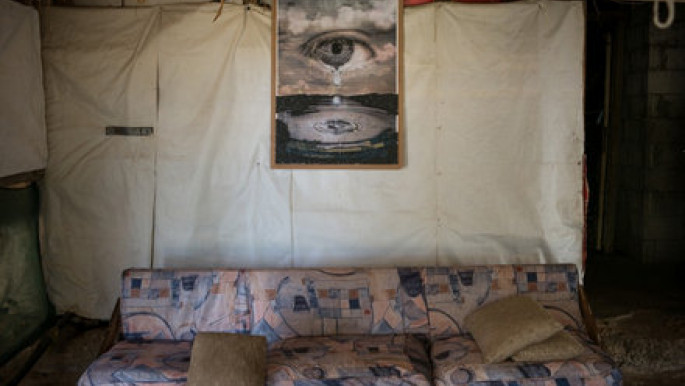 |
| © Giulio Rimondi |
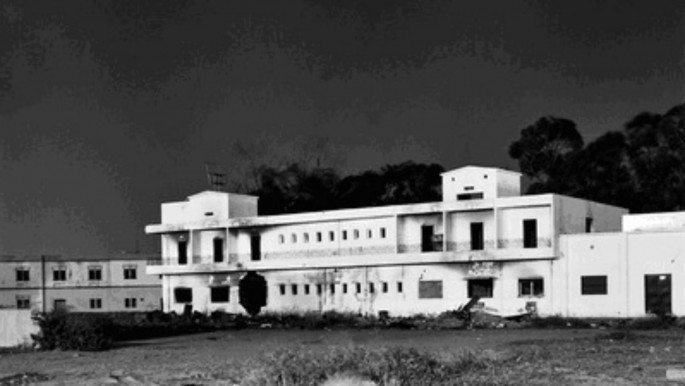 |
| © Diana Matar |
In spite of the fears that might have arisen from such a nomination, the gamble on a curator who is an expert on western contemporary photography - but who freely admits his lack of experience when it comes to artistic creation and the Arab world - has clearly paid off.
"For me, it's important to show complexity, and doubt," explains Bauret.
"Showing people who see their story in a different way. We are facing a plurality of visions and approaches, that's what's interesting," he added.
"In selecting works that push the viewer to question the reason for each perspective, we raise doubt to counter the affirmation of ready-made truths."
This diversity of interests underlines the multiple roles of photography: as a tool for preserving a fading heritage in Emy Kat's photos which capture ancient palaces in Saudi Arabia, or as a stubborn witness to a thirst for life in Mohamed Abusal's work, which breathes the party atmosphere back into Gaza that it is known for at weddings and celebrations.
A Parisian pilgrimage
The organisers' focus on diversity can be seen in their choice of the 43 artists exhibited.
Women (lots of them, and mostly behind the lens - bravo!) men, young and old, leading lights or future 'previously-unknowns' are grouped according to their considerations: relationship with space and the urban and natural environment, internal thought, protest and constitution of the self.
They can be seen across eight exhibition spaces around the 4th and 5th arrondissements in Paris.
In response to the photography collections at the Maison Europeene de la Photographie (MEP), the visitor will find a group exhibition with 29 artists at the Institut du Monde Arabe, and the delicately curated work of the Galerie Binome, which elected to have Mustapha Azeroual, Caroline Tabet and Zineb Andress Arraki work around the theme of light.
In keeping with the diversity of approaches, state-funded projects mix with the more commercial requirements of private structures and the visitor is treated to a true festival of photography.
The second edition of the biennale of photographers of the Arab world - scheduled for 2017 - has already earmarked new exhibition spaces in order to preserve the idea of pilgrimage between different places.
This is an edited translation originally published by our partners at Orient XXI.



